Scientists trapped ultra-cold molecules, improving quantum computing with better stability, accuracy, and computational possibilities.
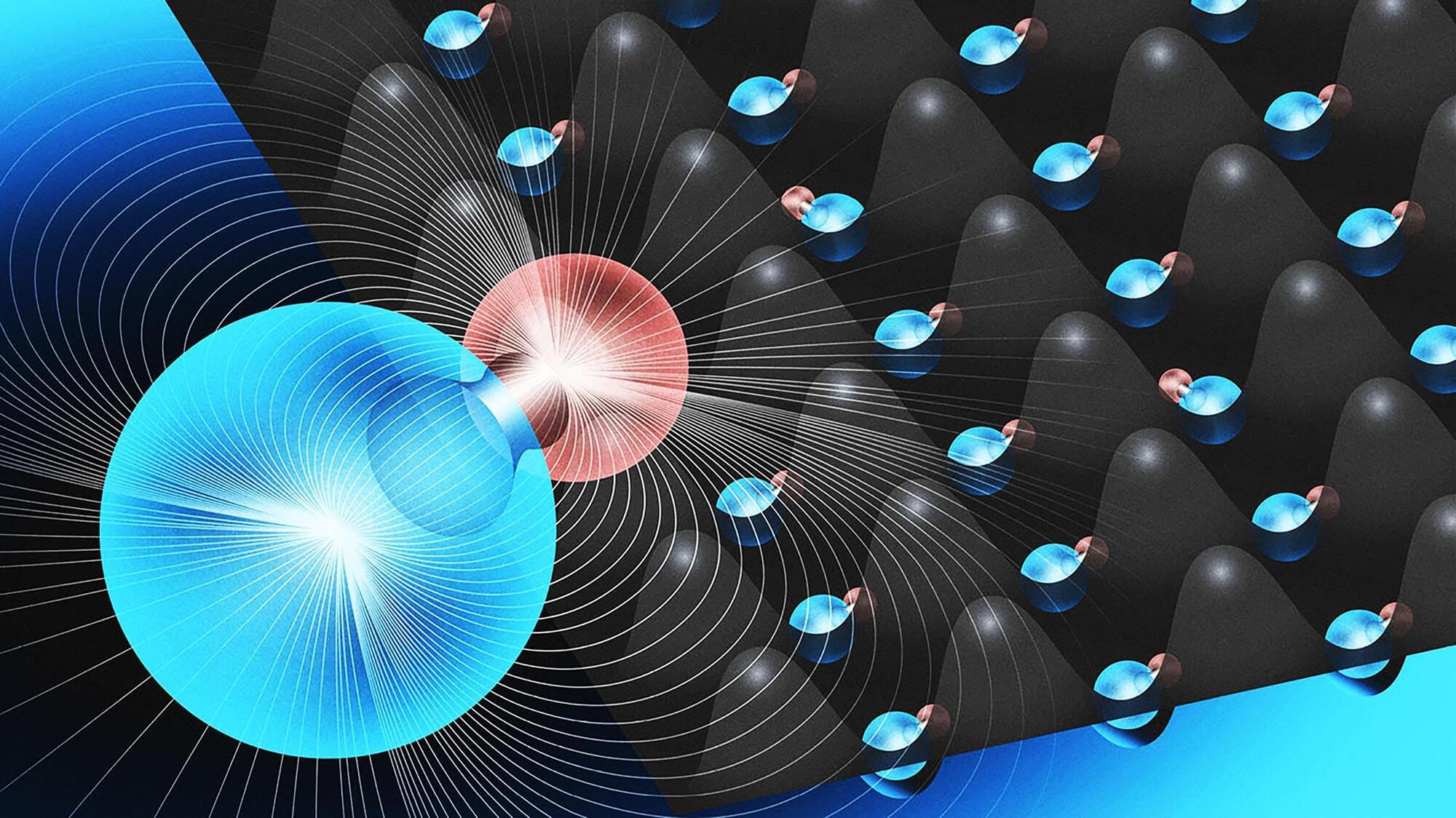

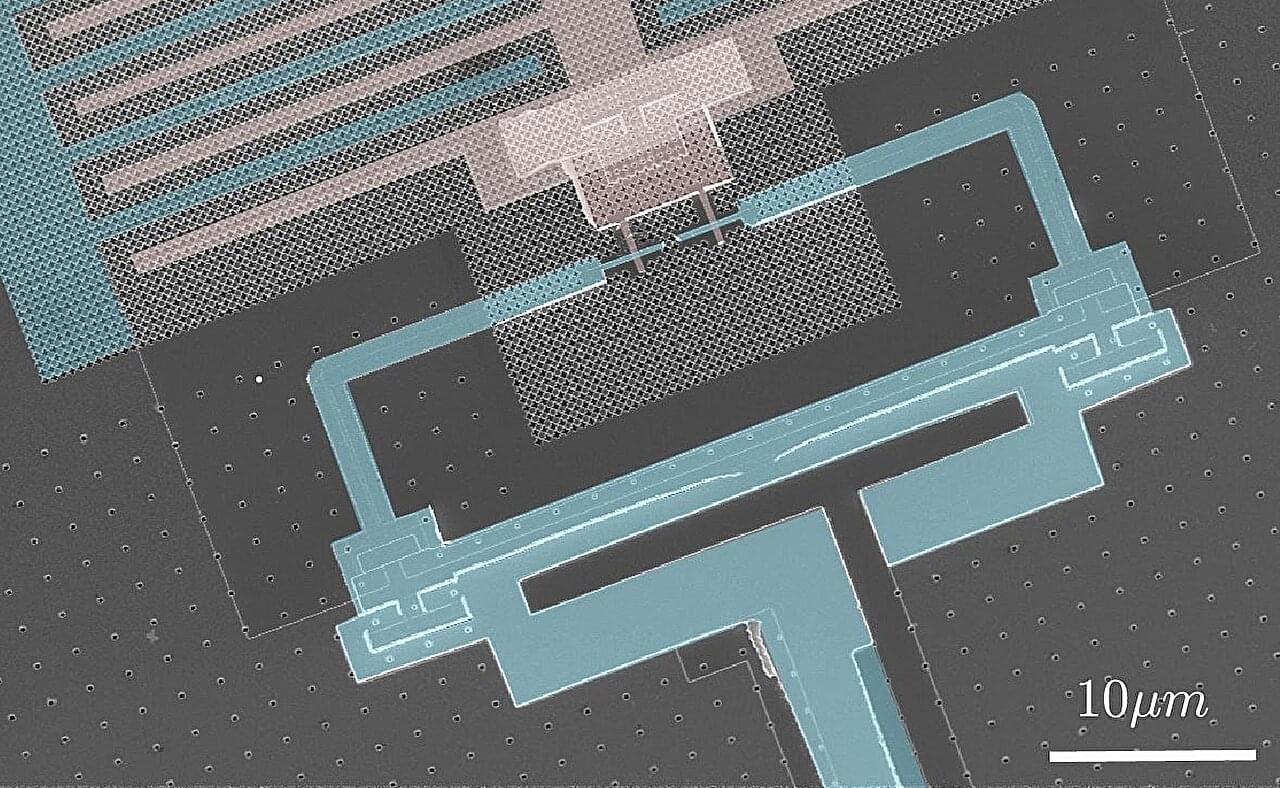
Quantum computers have the potential of outperforming classical computers on some optimization and computational tasks. Compared to classical systems, however, quantum systems are more prone to errors, as they are more sensitive to noise and prone to so-called decoherence.
Decoherence is a process via which a quantum system loses its quantum properties due to interactions with its surrounding environment, causing a loss of quantum information and errors. This loss of coherence can be caused by a range of external disturbances, including material defects, temperature fluctuations and electromagnetic fields.
In recent years, physicists and engineers worldwide have been trying to devise effective methods to reduce decoherence and thus improve the reliability of quantum computers. The sources of decoherence in solid-state systems include so-called two-level systems (TLSs), which are a class of material defects that arise from the random switching between two energy states, which can disrupt the stability of qubits.
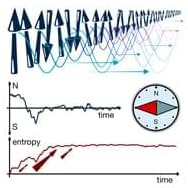
To store ever more data in electronic devices of the same size, the manufacturing processes for these devices need to be studied in greater detail. By investigating new approaches to making digital memory at the atomic scale, researchers engaged in a public-private partnership are aiming to address the endless demand for denser data storage.
One such effort has focused on developing the ideal manufacturing process for a type of digital memory known as 3D NAND flash memory, which stacks data vertically to increase storage density.
The narrow, deep holes required for this type of memory can be etched twice as fast with the right plasma and other key ingredients, according to a study published in the Journal of Vacuum Science & Technology A.
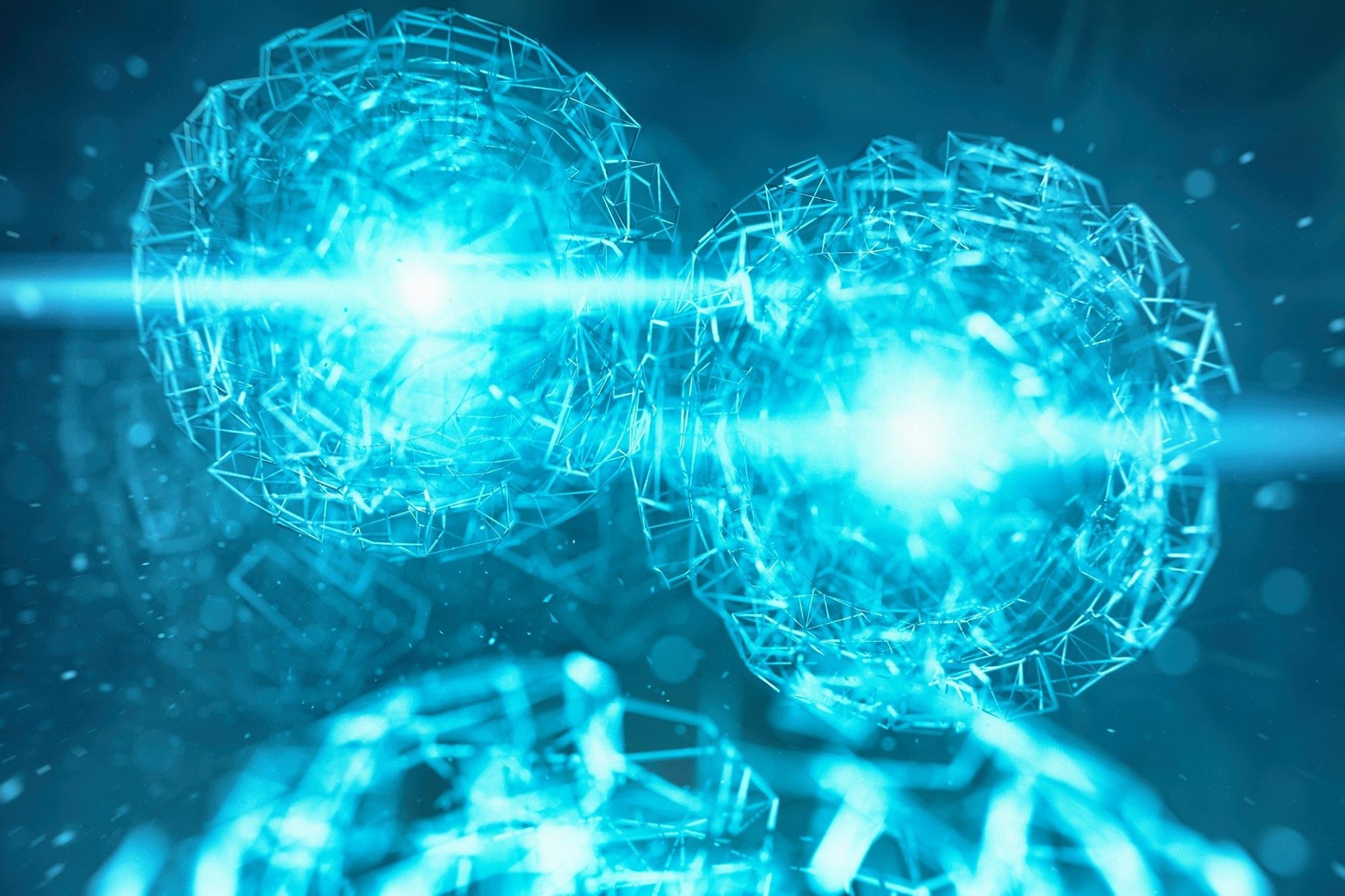
However, a new study proves that hydrogen bonds can effectively link spin centers, enabling easier assembly of molecular spin qubits. This discovery could transform quantum material development by leveraging supramolecular chemistry.
A Light-Driven Approach to Spin Qubits
Qubits are the fundamental units of information in quantum technology. A key challenge in developing practical quantum applications is determining what materials these qubits should be made of. Molecular spin qubits are particularly promising for molecular spintronics, especially in quantum sensing. In these systems, light can stimulate certain materials, creating a second spin center and triggering a light-induced quartet state.
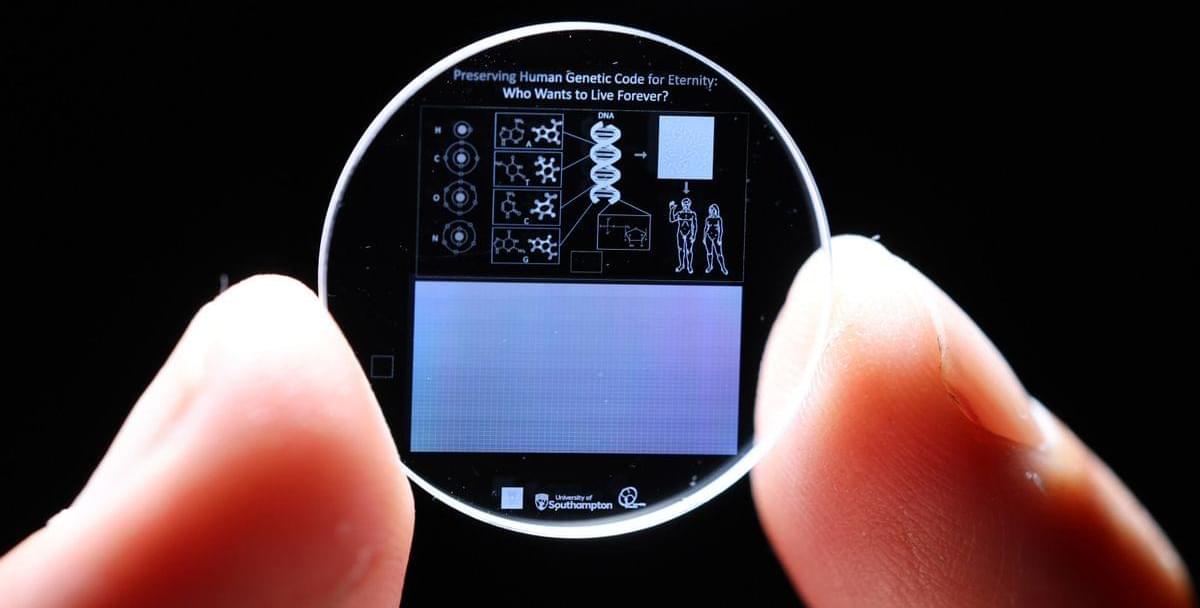
The data inscribed into the crystal is carefully annotated with universal elements like hydrogen, oxygen, carbon, and nitrogen, as well as the four DNA bases—adenine, cytosine, guanine, and thymine—that make up the genetic code. Additionally, the molecular structure of DNA and the arrangement of genes within chromosomes are depicted, offering clear instructions on how to interpret the genetic information stored within.
However, it is important to note that the 5D memory crystals require a highly specialized skill set and advanced equipment to inscribe and read the data stored within the crystals, so those looking to re-establish the human race after an extinction event may have to refer to more traditional means.
The crystal, made from fused quartz, is one of the most chemically and thermally resilient materials known on Earth, and can endure temperatures as high as 1000°C, resist direct impact forces up to 10 tons per square centimeter, and is unaffected by long-term exposure to cosmic radiation. The longevity and storage capacity of the 5D memory crystal earned it a Guinness World Record in 2014 for being the most durable data storage material ever created.

Lex Fridman Podcast full episode: https://www.youtube.com/watch?v=EwueqdgIvq4
Please support this podcast by checking out our sponsors:
- Stripe: https://stripe.com.
- Codecademy: https://codecademy.com and use code LEX to get 15% off.
- Linode: https://linode.com/lex to get $100 free credit.
- BetterHelp: https://betterhelp.com/lex to get 10% off.
GUEST BIO:
Jeffrey Shainline is a physicist at NIST working on. Note: Opinions expressed by Jeff do not represent NIST.
PODCAST INFO:
Podcast website: https://lexfridman.com/podcast.
Apple Podcasts: https://apple.co/2lwqZIr.
Spotify: https://spoti.fi/2nEwCF8
RSS: https://lexfridman.com/feed/podcast/
Full episodes playlist: https://www.youtube.com/playlist?list=PLrAXtmErZgOdP_8GztsuKi9nrraNbKKp4
Clips playlist: https://www.youtube.com/playlist?list=PLrAXtmErZgOeciFP3CBCIEElOJeitOr41
SOCIAL:
- Twitter: https://twitter.com/lexfridman.
- LinkedIn: https://www.linkedin.com/in/lexfridman.
- Facebook: https://www.facebook.com/lexfridman.
- Instagram: https://www.instagram.com/lexfridman.
- Medium: https://medium.com/@lexfridman.
- Reddit: https://reddit.com/r/lexfridman.
- Support on Patreon: https://www.patreon.com/lexfridman
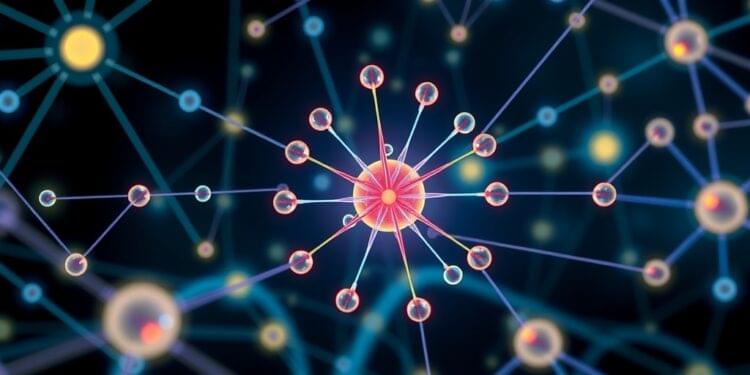
In a monumental stride toward the realization of practical quantum computing and advanced quantum networks, researchers at the prestigious Cavendish Laboratory of the University of Cambridge have successfully crafted a fully operational quantum register utilizing the atomic properties within a semiconductor quantum dot. This innovative development could pave the way for pivotal advancements in quantum information technology, crucial for the anticipated future where quantum networking integrates into everyday digital communications.
This breakthrough is detailed in a publication in Nature Physics, where it reveals the introduction of an entirely new category of qubits that are optically interconnected. As the field of quantum networking progresses, the need for stable, scalable, and adaptable quantum nodes has become increasingly evident. The research team’s focus on quantum dots is particularly advantageous, as these nanoscale entities possess unique optical and electronic attributes intrinsic to quantum mechanical phenomena.
Quantum dots have demonstrated considerable potential in existing technologies, such as medical imaging and display screens, primarily due to their efficacy as bright single-photon sources. However, to create functional quantum networks, it is essential not only to emit single photons but also to establish reliable qubits that can effectively interact with these emitted photons. Moreover, these qubits must be capable of locally storing quantum information over extended periods. The researchers’ development enhances the inherent spins of the nuclear atoms within the quantum dots, optimizing them into a cohesive many-body quantum register.
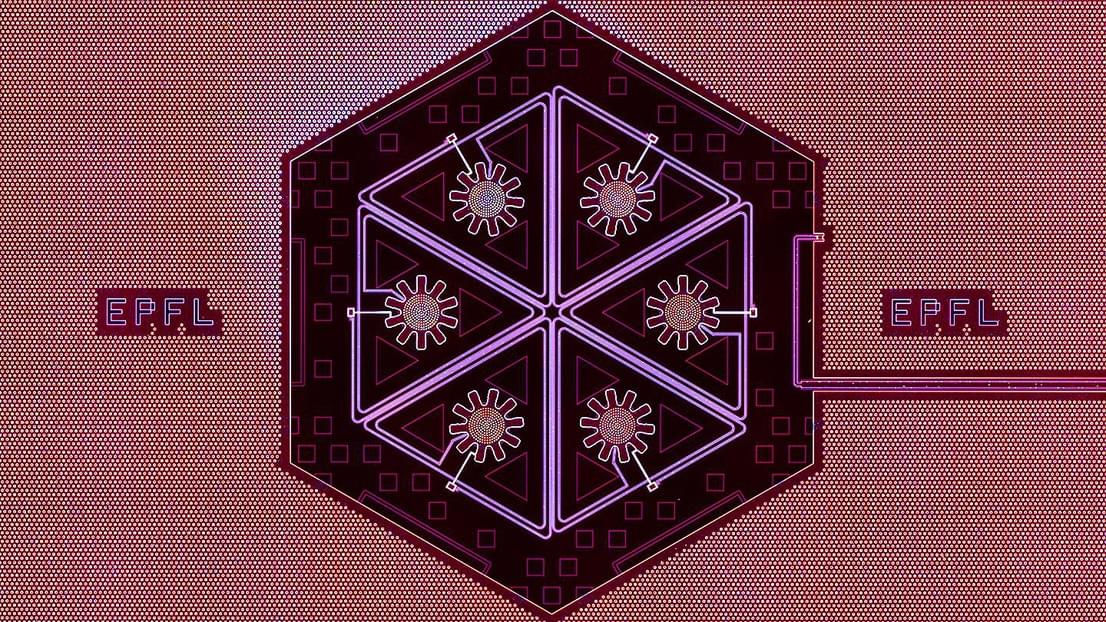
Scientists have successfully achieved a quantum collective behavior of macroscopic mechanical oscillators, unlocking new possibilities in quantum technology.
Quantum technologies are radically transforming our understanding of the universe. One emerging technology are macroscopic mechanical oscillators, devices that are vital in quartz watches, mobile phones, and lasers used in telecommunications. In the quantum realm, macroscopic oscillators could enable ultra-sensitive sensors and components for quantum computing, opening new possibilities for innovation in various industries.
Controlling mechanical oscillators at the quantum level is essential for developing future technologies in quantum computing and ultra-precise sensing. But controlling them collectively is challenging, as it requires near-perfect units, i.e. identical.
In Intel’s second “Behind this Door” video, take a sneak peek into fab D1X in Oregon to see what is likely the most complicated machine humans have built. An extreme ultraviolet (EUV) lithography system uses radically shorter wavelengths to project circuit patterns onto silicon wafers. The #EUV machine pushes Moore’s Law forward and #chip makers cannot produce leading-edge chips without it. (Credit: Intel Corporation)
#Intel #Manufacturing #Semiconductor.
▶ Learn more on Intel’s EUV: https://intel.ly/3AeAKwz.
Notice: This video contains footage provided by external vendors who have their own safety and health policies. Moreover, some footage was recorded prior to the COVID outbreak when no pandemic-related mask or social-distancing policies were needed or in place.
About Intel Newsroom.
Intel Newsroom brings you the latest news and updates on world-changing technology that enriches the lives of everyone on Earth. Connect with us today!
Subscribe now to Intel Newsroom on YouTube: / intelnewsroom.
Visit the Intel Newsroom: https://www.intel.com/content/www/us/.… @IntelNews on Twitter: / intelnews.